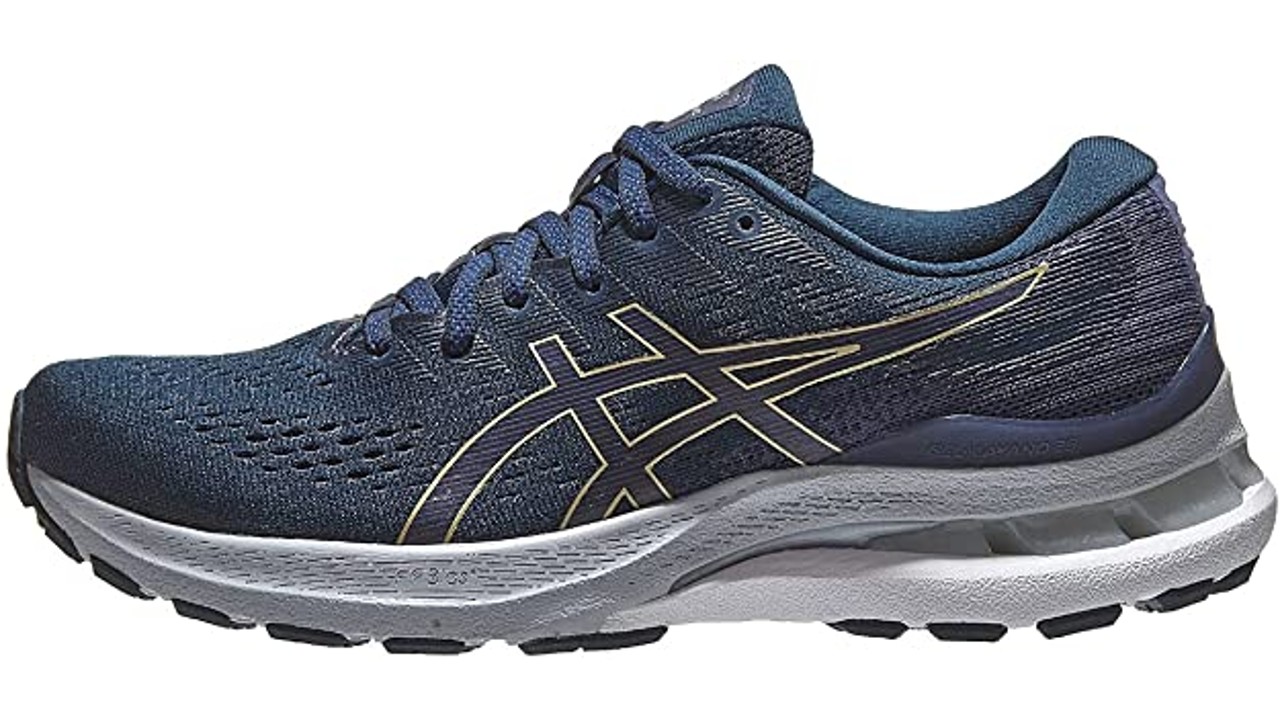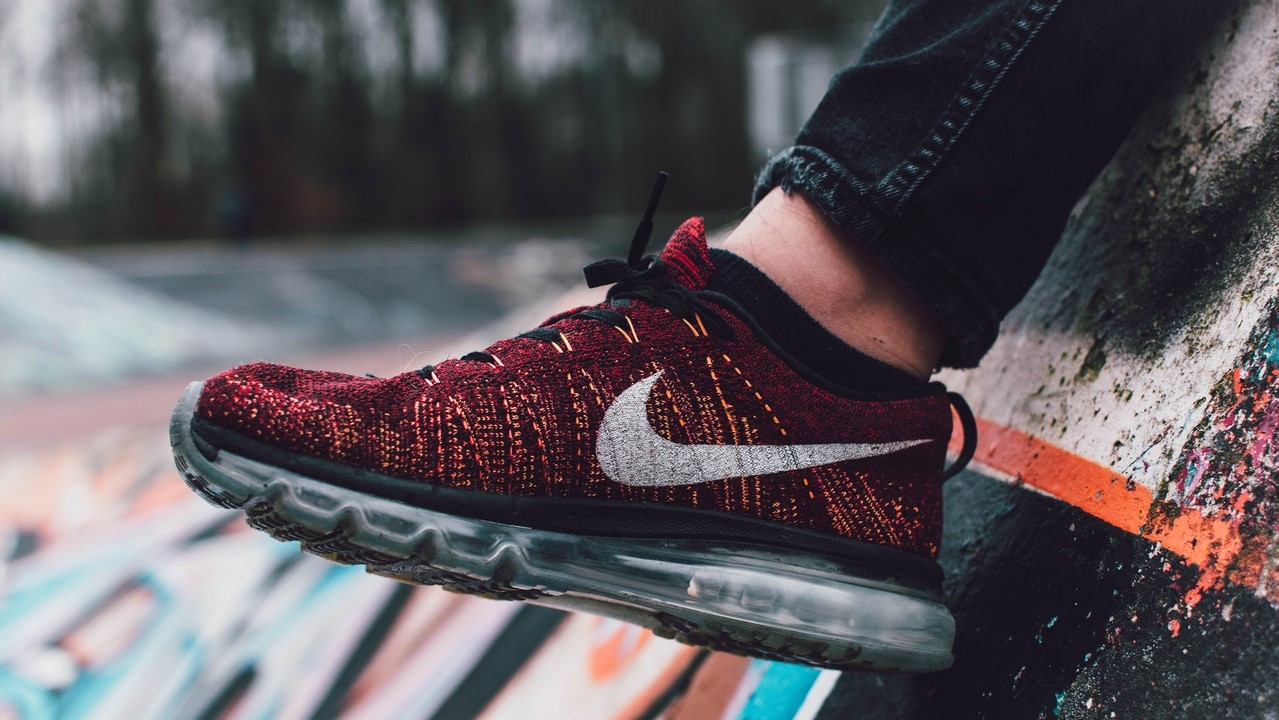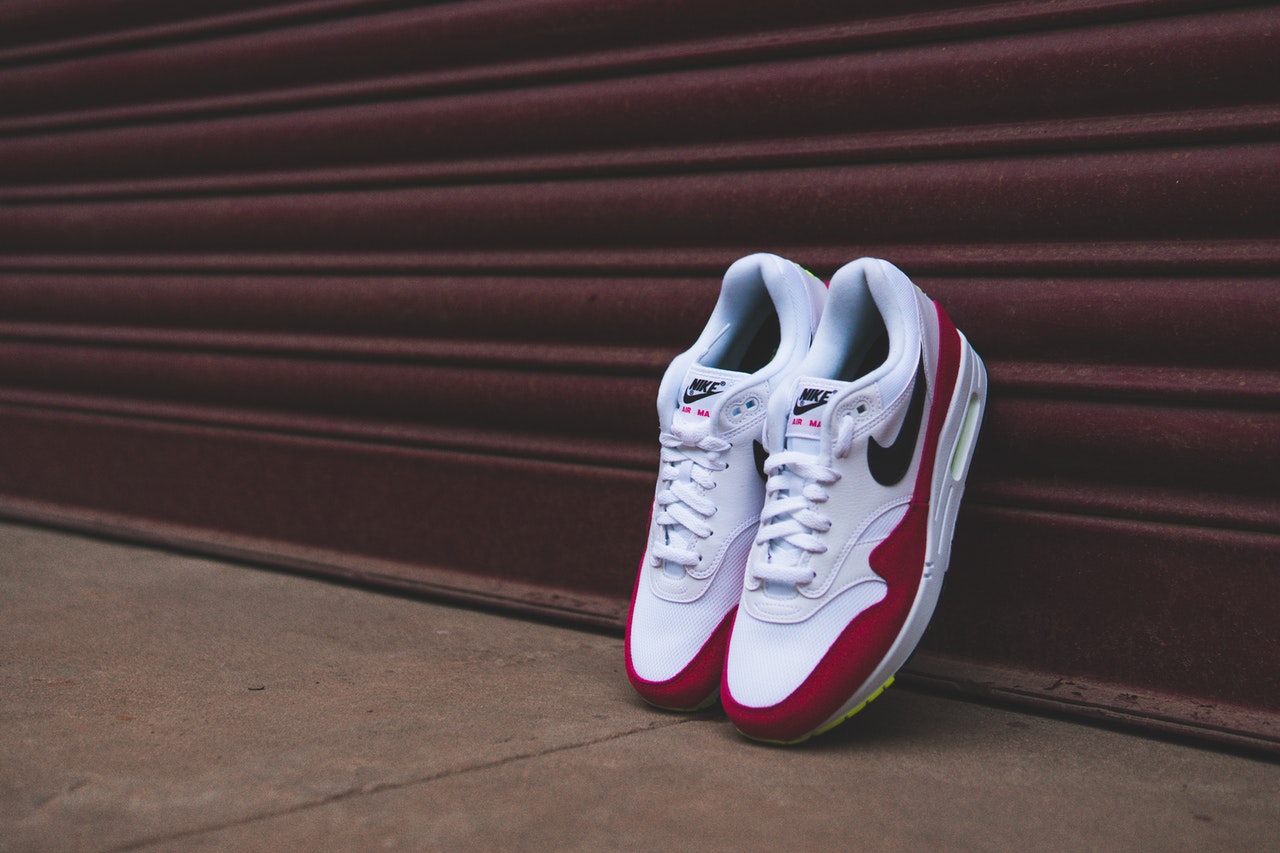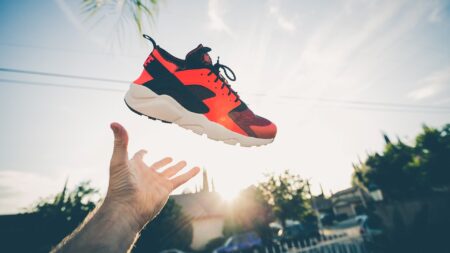Shoes for Posterior Tibial Tendonitis as they provide features for controlling over-pronation and under pronation, along with a design to eliminate stress on your Posterior Tibial tendon.
We know how difficult it can be to locate the proper pair of shoes, especially if you have a medical problem. As a result, after scouring the Amazon website, we’ve found shoes that should suit your needs.
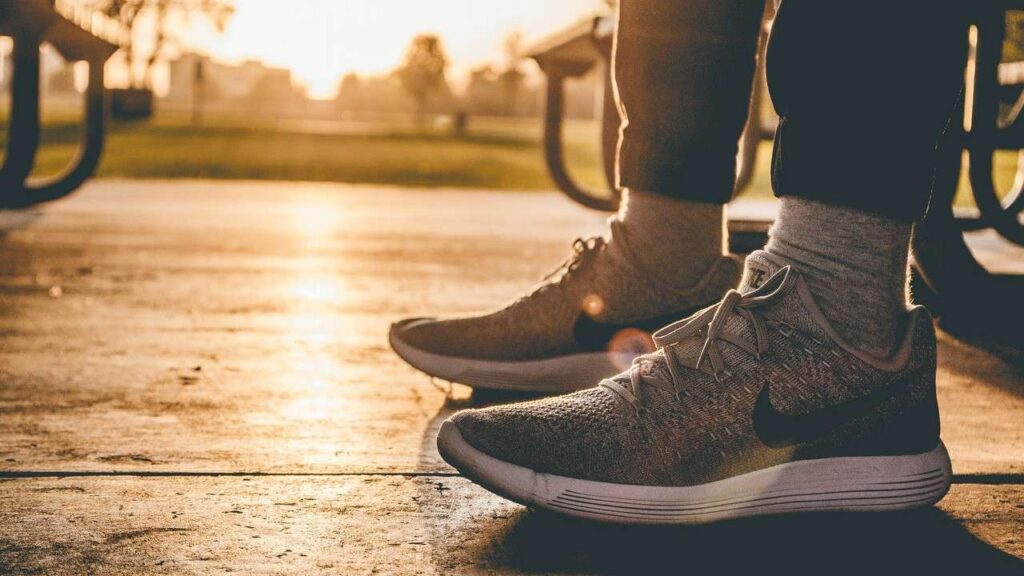
You don’t want to think about injuries when you’re out jogging. But If you are in pain, you should listen to your body. Pain around the foot and ankle inside indicates posterior tibial dysfunction, also known as posterior tibial tendonitis.
Table of Contents
Best Shoes for Posterior Tibial Tendonitis
1. Brooks Beast 20 Running Shoe
The Brooks Beast line has been updated with this model. It’s not as heavy as the Beast 18, but it’s just as stable. The latest version has GuideRails, which supports the knees and limits excessive movement.
Brooks Beast 20 Running Shoe provides excellent support and cushioning for jogging, walking, and standing for long periods. Beast is ideal for injury-prone runners and those searching for comfortable walking shoes.
The outsole design is long-lasting and provides excellent control. Inclement weather did not affect the traction. The toe box is strengthened on the front end and provides plenty of room. Overall the fit is not at all tight, and there is plenty of room.
2. ASICS Gel-Kayano 28 Running Shoes
This ASICS Gel-Kayano 28 Running Shoe is intended mainly for people who have overuse injuries to the posterior tibialis tendon, which can be the most painful. The shoe has been recognized as one of the finest in terms of stability, support, and cushioning.
Asics’ newest DuoMax support technology is featured in this popular shoe and the overpronation can be controlled with the DuoMax system. However, it also aids in pain relief and healing.
The Asics Gel-Kayano 28’s more robust outsole makes it suited for everyday use. You won’t have to worry about it wearing out if you wear it every day because of the added durability. Furthermore, you can also wear it casually or for work.
Related: 9 Best Hiking Shoes For Overweight
3. Brooks Ghost 12 Running Shoe
There isn’t much about Brooks Ghost 12 Running Shoe that you can’t like. Customers buy this version without hesitation since Brooks’ Ghost line offers so much. Compared to the Ghost 11, the shoe now has, even more, cushioning and is exceptionally light, making it ideal for running long distances throughout your marathon.
The Ghost line has a sock-like fit for your feet. You no longer have to be concerned about your feet falling out of your shoes regularly because your ankle is now hugged with cushioned collars and a precise fit, you can ensure a steadier run.
Even while wearing braces to improve your arch’s structure is the definitive treatment, wearing shoes with outstanding arch support, such as the Ghost 12, will provide fantastic benefits.
4. New Balance 990 V5 Sneaker
The New Balance 990 V5 is a classic shoe that you can wear on different occasions. This is an updated shoe with the latest technologies and materials to deliver a sneaker that’s lightweight, comfortable, and stable.
A wide foot-friendly fit ensures all-day comfort, while the Ortholite insert provides reliable cushioning to help keep feet cool and comfortable. The V5 series is great for all-day stability, thanks to a firm-yet-supportive midsole that’s perfect for training and relaxing.
The newest technologies and materials are woven into the upper, from the fine suede to the midfoot overlay. This retro sneaker is designed for all types of workouts, from intense runs to casual strolls through town. It’s a serious sneaker for any sport or activity!
Related: 15 Best Heavy Duty Walking Shoes
5. Brooks Transcend-6 Running Shoe
GuideRail technology is used in the midsole of the Transcend 6 to provide stability by supporting your feet. Overpronated foot and posterior tibial tendonitis can benefit from this.
DNA LOFT, which spans heel to toe, provides enough cushioning in the midsole. This is a full-length molded foam composition that provides continuous cushioning and helps to reduce impact injuries. The ortholite sock-liner, which also functions as the footbed, adds to the midsole’s plushness.
The Transcend 6 has a cloth-like mesh that is soft, smooth, and flexible. It also has 3D print overlays to help it support your feet better. The cushioned collar provides adequate support for your ankles and Achilles, while the padded tongue protects your instep.
Overall, Brooks Transcend-6 Running Shoe provides the perfect flexibility to facilitate natural foot movement, allowing you to run more efficiently and with less strain.
What is Posterior Tibial Tendonitis?
One of the most prevalent foot and ankle ailments is posterior tibial tendon dysfunction. When the posterior tibial tendon gets inflamed or ruptured, it causes this condition. As a result, the tendon may be unable to supply the foot’s arch with stability and support, resulting in flatfoot.
A rupture or inflammation of the posterior tibial tendon can cause posterior tibial tendonitis. The injury might arise as a result of overuse or as a result of a fall. Women and adults over the age of 40 are more likely to get the illness.
It can cause your arches to collapse in the most extreme circumstances.
If you have PTTD, wearing the right shoes might help you feel better and recover faster.
Wearing “motion control” shoes is suggested if you already have flat feet or are developing flat feet due to PTTD.
A motion control shoe is often stiffer, more rigid, and heavier than a regular shoe. The shoe’s stiffness keeps your foot and arches from collapsing. Fortunately, a good motion control shoe will still be comfortable despite its rigid construction.
Symptoms of Posterior Tibial Tendonitis
- When PTTD first appears, for example, there is discomfort on the inside of the foot and ankle (along the tendon course). Furthermore, the affected region may be red, heated, and swollen.
- Tenderness on the inside of the foot and ankle, near the tendon. Pain that becomes worse as you move around. Running and other high-intensity or high-impact exercises might be challenging. Some people may have difficulty walking or standing for lengthy periods.
- Ankle pain from the outside. When the foot’s arch collapses, the heel bone may migrate outwards. The outer ankle bone may get irritated as a result of this. Arthritis on the back of the foot causes the same sort of discomfort.
- Pain, swelling, a flattening of the arch, and an inward rolling of the ankle are indications of PTTD. The symptoms will alter as the illness worsens.
You can reduce the symptoms of post-tibial tendonitis by restricting your activities to manage the pain and swelling. Rest for a few days, then gradually increase your activities. Rest allows your foot’s tissues to repair.
Diagnosis
- Your posterior tibial tendon holds your ankle in place as you run or walk, helping to keep your foot in a powerful, rigid position when you push off the ground. It also inverts your foot, shifting your weight to the outside of your foot by rolling your ankle.
- Stand on the problematic foot with your knee straight and your calf muscles engaged, rising to your forefoot and locking your ankle into complete plantarflexion at the top.
- Is there any discomfort on the inside of your ankle or foot due to this? If this is the case, you most likely have posterior tibial tendon dysfunction.
- Why might a calf workout cause discomfort along the posterior tibial tendon, you might wonder? The solution lies in the role of the posterior tibial tendon as a foot stabilizer.
- People with significant posterior tibial tendon dysfunction have trouble lifting their heels off the ground.
Causes
When a muscle is overworked, the tendon (soft tissue) that joins the muscle to the bone is stretched, resulting in Post-Tib Tendonitis. Over-pronation (flat feet) can cause posterior tibial tendon damage over time.
If you continue to overuse the muscle, the tendon will be damaged, and tendonitis will develop. The discomfort or swelling may come and go at first, but the condition may gradually become more permanent.
Prevention
Tips for preventing recurrence of Post-Tib Tendonitis are listed below:
- Wear shoes that are cushioned, supportive, and absorb shock. Particularly well-suited are training shoes.
- Use orthotics with enough arch support and are made of shock-absorbing, cushioning materials.
- Exercising regimens should be varied. The variation will prevent one set of muscles from being overworked.
Treatment
Wearing a foot orthotic with rear-foot posting and longitudinal arch support to relieve tension on the post tibial tendon and avoid excessive plantar fascia stretching are examples of conservative (non-surgical) therapy. The orthotic should also include comfortable materials for the foot and absorb shock.
THIS IS SOMETHING FOR WHICH YOU SHOULD CONSULT A DOCTOR.
- This is a minor injury that, if left untreated, might develop into something more serious. The strategies and exercises below can help you heal from posterior tibial tendon dysfunction without surgery.
- If you are experiencing SHARP pain, you should stop running.
- Don’t take anti-inflammatories and go out of the house.
- To assist release tension up the leg, foam rolls the calves and bottom of the foot.
- Stretch your calf muscles
- Change your shoes or think about getting a running orthotic to help support your arch.
- Tape the ankle to give it additional support as it heals.
Conclusion
Though it is a rare ailment, posterior tibial tendonitis may make running and walking nearly impossible. The damage manifests as inflammation or rupture of the posterior tendon, which causes excruciating agony.
You can decrease the overuse of the posterior tibial tendon by wearing supportive running shoes. If you have PTTD, you should consult a doctor or a specialist for treatment options. The best therapy for one individual may not be the best treatment for you.
People with PTTD, falling arches, and flat feet should wear motion control shoes. These shoes are stiffer than neutral shoes and provide additional stability.
We don’t recommend buying a pair of shoes if they don’t feel pleasant when you try them on.
FAQs
What is the function of the posterior tibial tendon?
The posterior tibial tendon connects the calf muscles in the back to the foot. It originates above the ankle and goes behind the inner ankle bone.
The arch and the inside of the ankle are both supported by the tendon.
What caused this to happen?
Because posterior tibial tendon dysfunction is very uncommon, particularly among runners, the causes remain unknown. Overuse (such as too much running, rapidly, or too soon) or an acute tear caused by a fall is the most typical cause of this ailment.
Although some experts, such as Melissa Rabbito and colleagues at the University of Calgary, believe that having a naturally high arch protects against posterior tibial tendon dysfunction, this ailment can affect runners of any arch height.
What else puts you at risk for posterior tibial tendon dysfunction is unknown. It is more frequent in overweight, middle-aged women in the general population, although this does not provide insight into runners. Even the gender role is unclear.
How long does it take for posterior tibial tendonitis to heal?
Depending on when you stop jogging and begin the healing process, it might take anything from a few weeks to a few months. Again, this is not an injury you should attempt to run through since it will only worsen.
Even with early therapy, it may take several months to recover, and individuals who have been in pain for extended periods may need closer to six months. Reduce or eliminate the activities causing the discomfort, ice the affected regions, and consider orthotics, braces, and physical therapy.
Can I keep running while suffering from posterior tibial tendonitis?
If you’re still in discomfort, you should reduce your distance significantly, and if you’re still in agony, you should stop.
However, freeze the ankle area multiple times a day to minimize inflammation, concentrate on strength exercises, and look into running shoes with arch support or orthotics. There is a strong chance you’ll be able to continue running. If you have any doubts, you should seek medical advice.






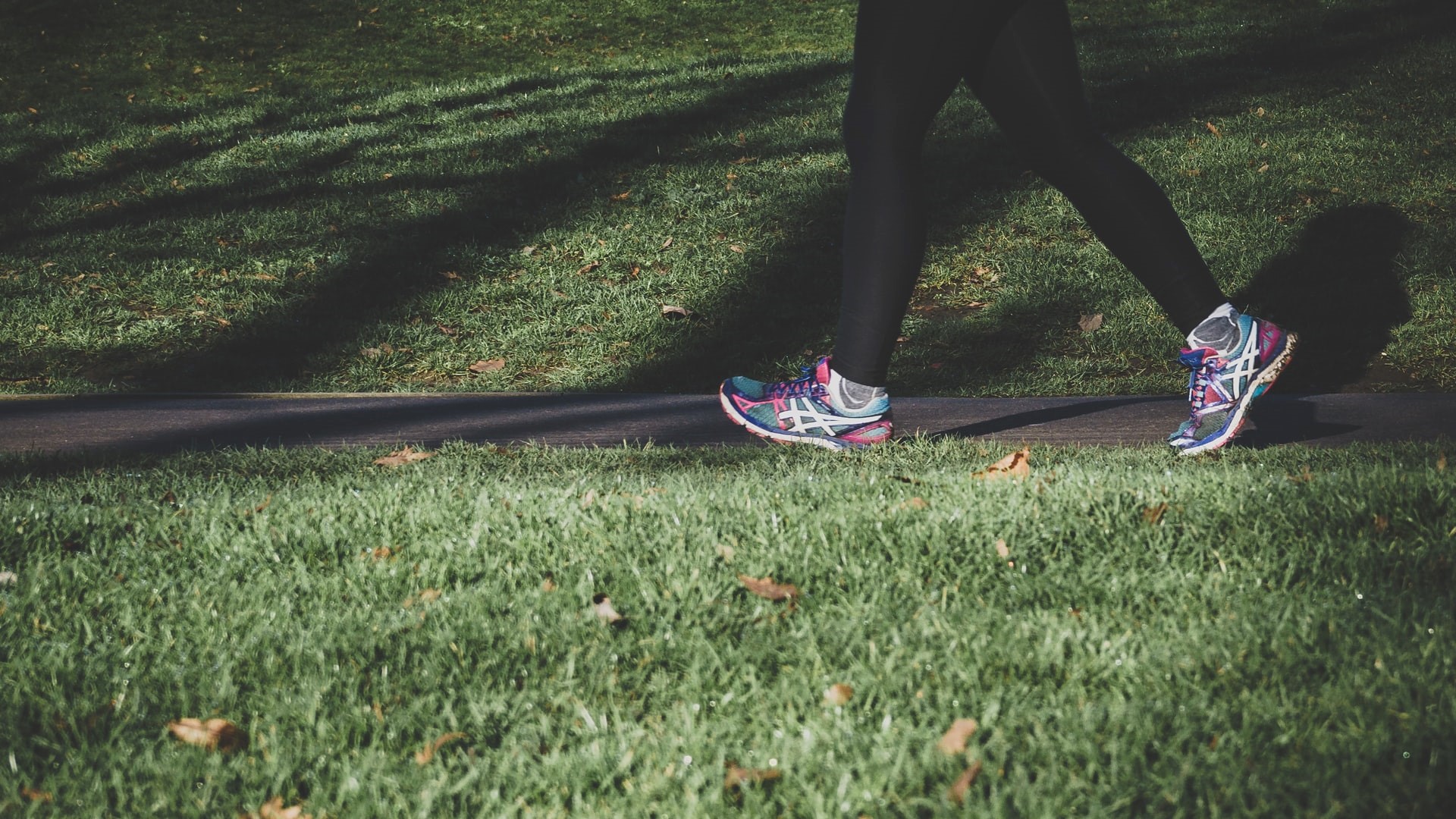
![14 Best Athletic Shoes For Bunions [Review & Guide]](https://shoesfame.com/wp-content/uploads/2021/07/Best-Athletic-Shoes-For-Bunions.jpg)
